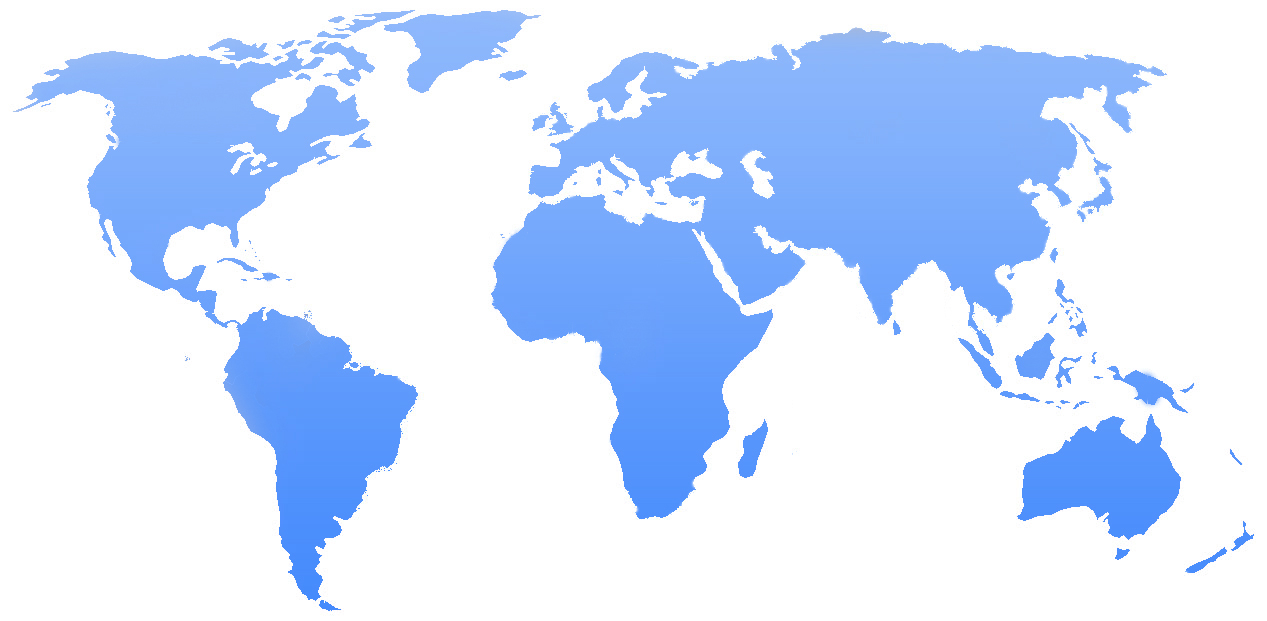Uncertain times: China’s bold plan to transform Asian infrastructure

With everything in flux in supply chain, it’s been interesting trying to figure out the focus of this blog.
My decision: do 1 thing at a time and whenever possible, introduce items that may not be regularly seen but are important to know about for your global supply chains.
Here’s one you should definitely know about.
China’s One Belt One Road (OBOR)
Wrapping through and around southern Asia, east Africa, and into southern Europe is China’s proposed “belt” and “road” combination.
The “belt” includes road, rail, pipeline and infrastructure projects stretching from central China through Central Asia and into Russia and various European destinations.
The “road” is a network of ports (think sea) and infrastructure projects extending through South and Southeast Asia to East Africa and the Mediterranean Sea.
The OBOR is part of the enhanced financial policy coordination desired by China to stretch across the Asian continent. The Asian Infrastructure Investment Bank and the New Silk Road Fund (NSRF) are to play significant roles in enabling infrastructure projects to be carried out in the regions.
Other features are trade liberalization, people-to-people connectivity, and an Information Silk Road that is driven by market and industry needs. Multiple countries are involved.
As expected, there risks as well as infrastructure gains in this initiative.
What does this have to do with your supply chains?
Global supply chains need to move products agilely, responsively, and reliably. If new major infrastructure is built, what effect will it have on where you conduct business, or what new ports or networks you will need to use and interface with? Where will the clusters of industrial opportunity be? BTW: have you listened to Jack Ma of Alibaba on the One Belt, One Road lately? (You’ll have to find a YouTube video with translation if you don’t speak Chinese.)
While there are significant hurdles to be overcome to make the One Belt One Road (OBOR) a reality, the underlying global expansion is real and according to discussion at the World Economic Forum, this represents a change to the world’s financial and economic architecture. So again, what does this mean for your supply chains?
First, you need data.
If you don’t have the in house analysis power to dig into how trade may be changed in these regions, reach out to a college or university that has a department expertise in foreign policy or global trade or [type in the area you need to know about that connects into this initiative]. Google allows you to search for this type of research and the researchers involved. LinkedIn can also aid in your search for this expertise.
Second, you need analysis.
Don’t rush through this part. Uncover potential options on how the OBOR may play out. How will the different end results affect your supply chains given the research and data you’ve gathered? What options do you have based on most likely infrastructure build-out? What other geopolitical issues must be included in your analyses? What are the learning curves for new infrastructure as it comes online? How likely are major infrastructure projects to fail, or not achieve scale even if launched? How and where can you play in this new environment?
Third, conduct a risk analysis.
Having identified the affects, conduct the risk analysis on what impacts these items will have on your current supply chains. What is the risk to your current supply chain configuration? Do you need a backup plans for specific regions or supply chain segments? What are the risks to your current routes and supplier base? What are the financial implications?
Fourth, create an action plan and implement.
The great thing about outside opportunities and threats is that they force you to take a hard look at how you are conducting business. Where are the gaps between what you provide and what your customers expect now? How can you become more efficient while meeting customer demands now? How can you be more agile so that you can respond to the changes easily and calmly? Combine your answers to these questions with requirements from your above analysis. Your resulting action plan should make your business stronger overall and may just help get past some of the hurdles that others who plan less and change less can’t.
For whatever plan you have, use a phased in approach in your implementation plan. Implement pieces that are common over all potential realities. For example, as you monitor development and capabilities, phase in corresponding process improvements or technology enhancements that increase your service to your current customers in ways they recognize and desire as well as incrementally provide you with new capabilities needed for your future. A phased in, modular approach allows you to experience small wins as you ready for various options, makes change easier, and enables revenue results that will allow you to continue implementing change without just hoping for future payback.
In the end, even if the OBOR does not meet its ultimate goal, your business is a stronger competitor just for having analyzed it and having been proactive.
For more on this topic, click here. You can also find multiple videos from various countries and entities on YouTube when you search on OBOR.
Key words and concepts: supply chain, global trade, foreign policy, OBOR, One Belt One Road, China, change management, risk analysis, infrastructure
About the author: Cynthia Kalina-Kaminsky with Process & Strategy consults with and provides training for organizations eager to increase their competitive value by helping enable growth, align performance, make and move product (even when the product is electrons).
Comments